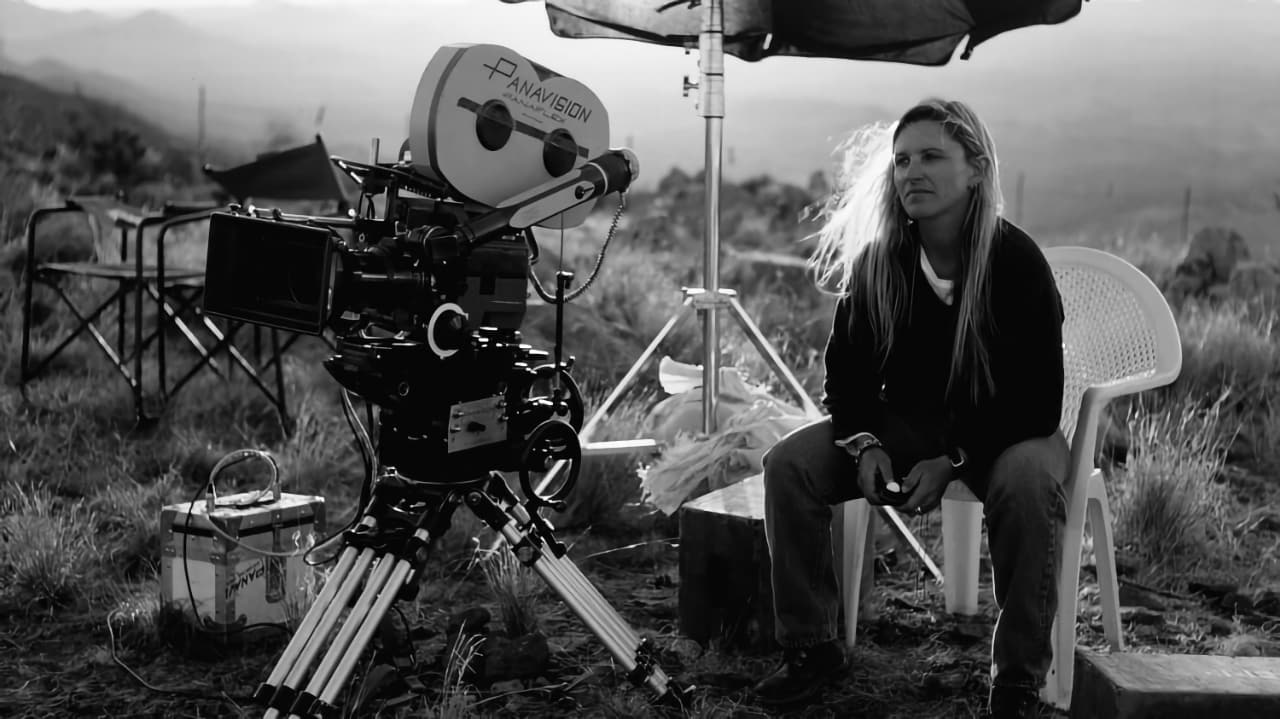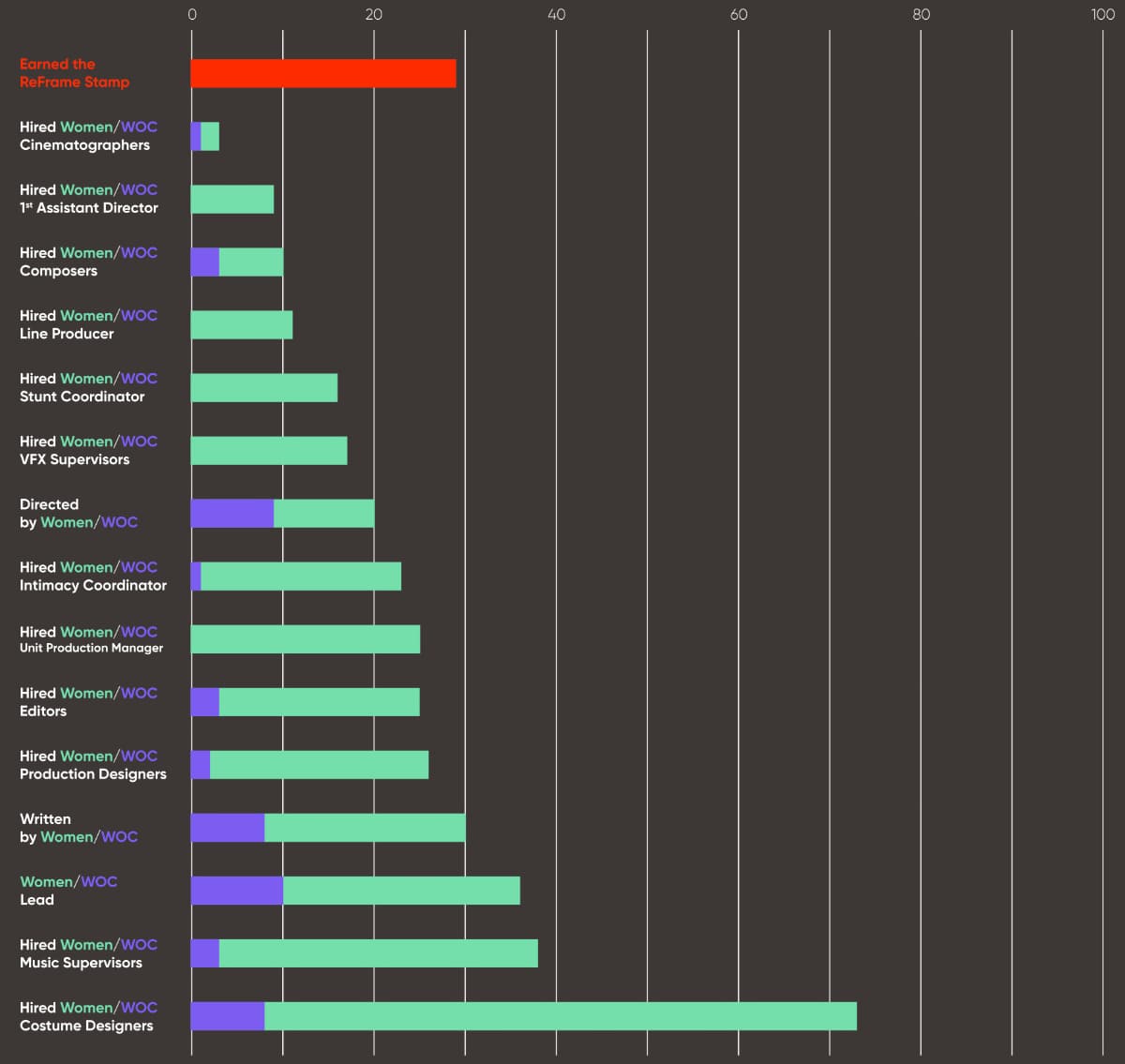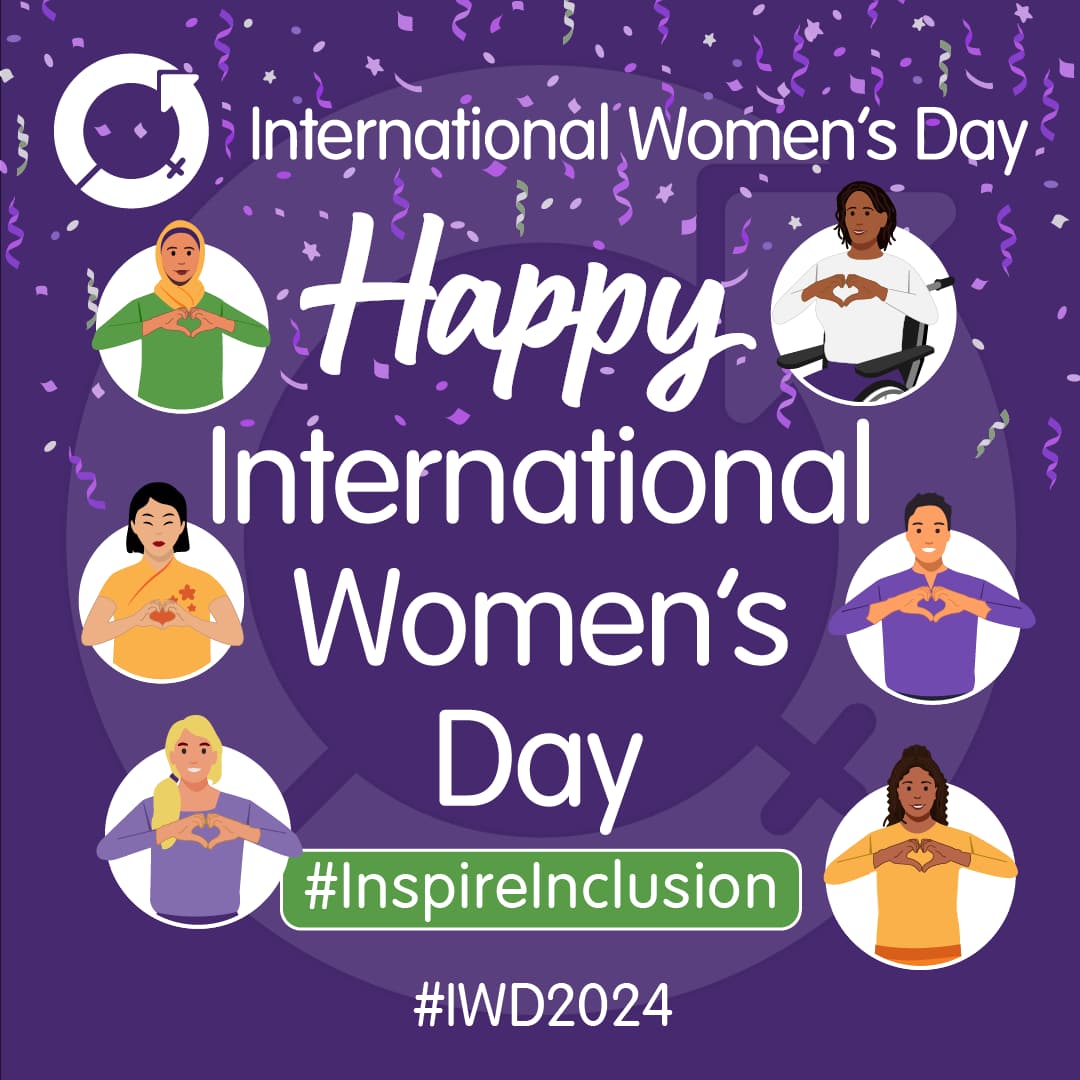
This International Women’s Day, we thought we’d look at what this year’s Oscars nominations tell us about the progress towards inclusivity in the industry.
When it comes to data, while the sample size presented by the Oscars nominations is at the low end of the scale, the way the entire movie industry’s output is filtered, processed, sorted, voted, and nominated on makes it a valuable yardstick for measuring what’s going on out there
And it’s eternal proximity to International Women’s Day on March 8* makes it an obvious and very high publicity data set to draw on. So, what does it reveal this year? Well, the messages are mixed to be honest.
First, the good news. According to the Oscars Edition of the Annenberg Inclusion Initiative’s Inclusion List, the 2024 Oscar nominations equalled the record for female nominees set in 2021. 32% of the nominees in the 19 feature races (the three short film categories and international feature film, which does not list individuals, are not included in the stats) are women.
Historically, this is progress. Of the 13,445 nominees at the Academy Awards since 1929, only 17% have been women. So, we’re getting there slowly.
However, if you look at the output in the cinemas the picture isn’t quite as rosy (if 34% can even be considered rosy rather than what it actually is: a shortfall of 16 percentage points). In the top 100 grossing movies of last year, only 30 featured a female-identified actor as the lead or co-lead. This is down from 44 in 2022 and the same as back in 2010. Meanwhile, only 16% of the directors of the 250 top-grossing films for 2023 were women.
“Make better movies then,” type the trolls, missing the point entirely that the discussion is about equality of opportunity not success of output.
The Women in Film advocacy group publishes a report every year analysing the IMDbPro list of the Top 100 US produced films. It awards a Gender Balanced Production Stamp to those that pass certain criteria, and for 2023’s list could only award it to 29% of the Top 100. And the dial hasn’t moved on that number since it started the analysis in 2020.
Here’s the full breakdown by job type. As you can see, representation for Women of Color is even worse.

Head here to read the full report.
Pushing the needle
As an industry we seem to have reached a glass ceiling on the numbers - not just there but everywhere. In 2016, the Academy took action following the #OscarsSoWhite backlash (which followed two straight years of all-white acting nominees) and announced the A2020 initiative. This had the goal of doubling the number of women and people of color among its membership within five years. In June 2020, it said it had achieved that, and had a 33% female membership. Since then, however, the percentage of women in the academy has grown by one whole point, to 34%.
Kirsten Schaffer, is the chief executive of Women in Film, and what she wants to see is gender equality across all branches, and especially the ones in which women are rarely nominated, including cinematography and visual effects (and kudos in advocacy in this area to Panavision and its excellent Women Making History series).
Speaking to the New York Times ($), she said: “The academy and the industry need to put more effort into moving those numbers faster. We cannot wait another 100 years to get to even 30% of cinematographers. We’re inching up so slowly, it’s going to be like 2070 before we get anywhere near parity.”
After all, 32%? 29%? 34% These numbers still fall far short of equality. There is a lot more work still to be done.

*To forestall some of the inevitable comments, there is an International Men’s Day too. It’s on November 19. Every. Year.
Tags: Production News


Comments